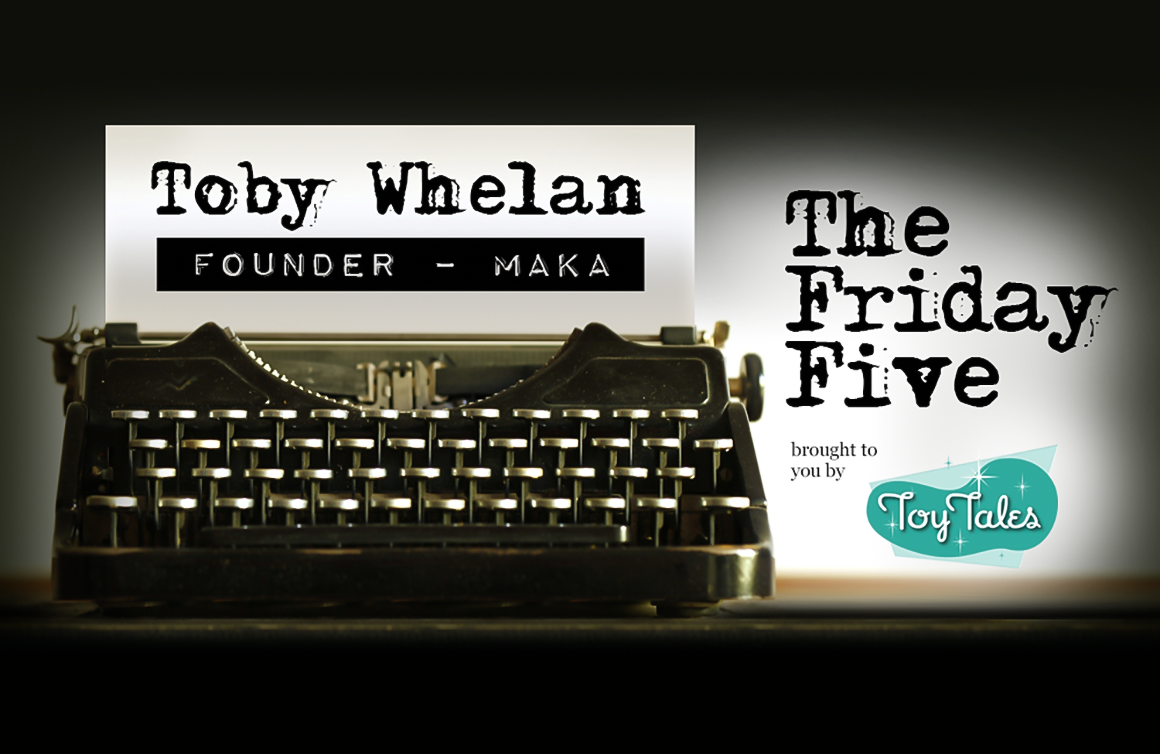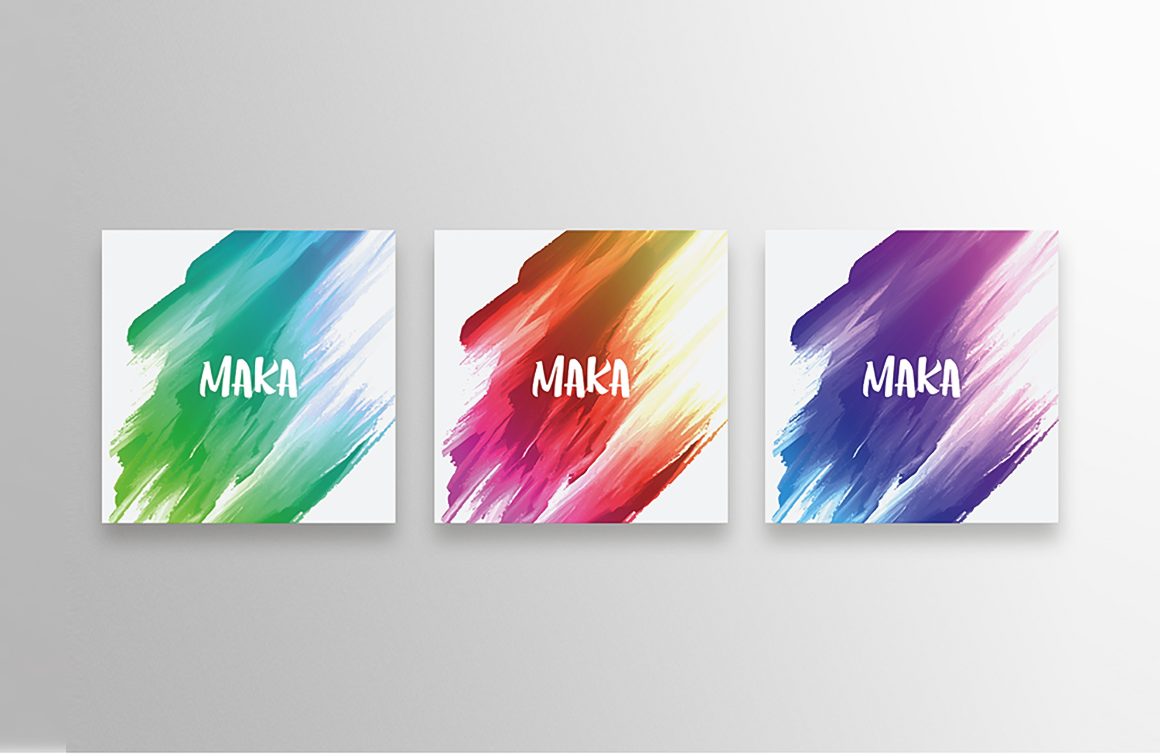For many students, thesis projects are happily forgotten after the dissertation. Not so for Toby Whelan, the creator of MAKA, a toy that serves people living with autism. Although it had its beginnings as a thesis project, MAKA has evolved into much more, winning the prestigious LEGO design award for Playful Creativity at the New Designers event and garnering the attention of educational institutes. Here, we talk with Toby about the role MAKA plays as a tool that enables focus, learning, and communication for people of all ages and abilities
You’re a graphic designer by trade. Designing a toy is a different beast. What was the motivation behind creating MAKA?
I currently work as a graphic designer, that’s true. I graduated from the Product Design program at the University of Sussex where MAKA was my thesis project. I’ve always loved toys and making things. I saw an opportunity to marry those two interests for my thesis and spend an entire year focused solely on building something great. It’s funny because so many people are sick of their projects by the time they finish their thesis. My fondness for the project continues to grow.

Why is a fidget toy important for people with autism?
Fidget toys are really important for people with autism because they help channel stress and provide an outlet for anxious energy. Many people fidget, not just those with autism. There’s a lot of stigma around fidgeting because it can be misinterpreted as unwanted behaviour, especially in social situations. MAKA provides a way for people to stay engaged while not distracting others who may be close by. Fidgeting is often encouraged in those living with autism. It’s called stimming (stimulating).

Congratulations on winning the LEGO design award for Playful Creativity at the New Designers 2016 event. 3000 designers competed at that event. What does winning that award mean for MAKA? What impact does it have?
Winning that award was fantastic for a number of reasons. It validated that I am on the right path with this toy and that it plays a positive role in people’s lives. It also came with a monetary grant. That grant has allowed me to continue my research and refine the product to make it that much better.

Where do you envision MAKA being sold? Where can people buy MAKA?
MAKA is still in the development stage. I’m looking to fund it through Kickstarter in early 2017. The idea at this point is that it will sell as a kit. Inside the box will be the MAKA beads, string to make a pendant or bracelet, and resources for parents and teachers suggesting ways in which to use MAKA to foster learning.
Once we launch the product, it will be available in educational stores and online. I can also see it in mainstream toy stores because the toy has a wider appeal. People love stress balls and toys that can be used to build another object. MAKA is in the same category. This is an exciting time and I’m looking forward to seeing how MAKA evolves.

What does the future hold for MAKA?
We’re in the homestretch to launching the toy so it’s early days still. Thing are happening really quickly. I would love to see MAKA evolve into a non-profit organization and provide workshops and tools for parents and educators. “Fidget for good” is our tagline. I want to live up to that with everything we do.

You can learn more about MAKA here.




